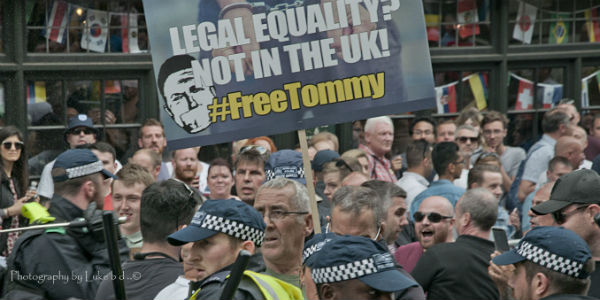Micro-targeting, or data-driven fieldwork, was pioneered by Barack Obama’s presidential campaigns and has now spread to Australia. Stephen Mills explains how activists in different parties and pressure groups used it to target voters in the 2016 elections. Volunteers’ enthusiasm for this form of campaigning marks a turning point in Australian politics.
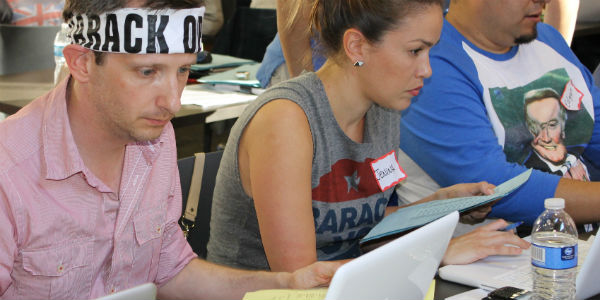
Democrats work their way through lists of target voters in California, November 2012. Photo: Obama for America California via a CC-BY-NC-SA 2.0 licence
Data-driven fieldwork is rapidly emerging as a significant form of election campaigning in Australia. The recent double dissolution campaign set a new high water mark, with no fewer than six separate fieldwork campaigns conducted by political parties, independent candidates and third-party organisations. What did they do? And did it have any effect?
As part of a wider study of fieldwork campaigning in Australian elections, this post pulls together the claims made by the various campaign organisations about their fieldwork efforts. (The data comes from a variety of scattered sources, and there are still a few gaps, so additions and corrections are welcome.)
In ‘data-driven fieldwork’ – also called Obama-style micro-targeting – the older traditions of grassroots community organising and personal narrative are combined with still-emerging applications of digital information and communications technologies, in order to achieve ever more efficient targeting of messages at persuadable voters.
It is both capital- and labour-intensive. So to understand what is going on, we need to evaluate the performance of the campaign technology and of the campaign people. The first of these is reasonably straightforward. For example, the social media campaigns by the ALP, Liberals and Greens in the 2016 campaign have been measured by US consulting firm Dynatrace and published in a handy infographic.
But measuring the work of campaign staff, volunteers, and candidates, is inherently more problematic: we are reliant on what the campaign organisations choose to reveal about their performance. On the other hand, one of the distinctive features of data-driven fieldwork is its use of – you could even say, its obsessive compulsion about – performance metrics.
The inspiration: Obama for America
David Plouffe, Barack Obama’s 2008 campaign manager in 2008, was notorious for his enthusiasm for spread sheets and love of performance metrics. According to journalist Sasha Issenberg, he would want to know ‘how many of a field officer’s volunteer shifts had been filled last weekend? How much money did that fundraising blast bring in?’
Likewise, in the analysis of the Obama for America organisation by Elizabeth McKenna and Hahrie Han, ‘metrics defined and assessed how well everyone—from the most senior staff to the most junior volunteers—were meeting their responsibilities.’
“Throughout the campaign, Chicago headquarters established voter contact goals for each state, region, neighbourhood team, and volunteer shift—and held staff and volunteers at each level strictly accountable to those numbers. … (T)he campaign used metrics to communicate and implement its strategy, to provide clarity to each team about what its role was, and to ensure that all local activity added up to a larger shared purpose.” Groundbreakers p153
How Australia’s Labor Party and the Greens adopted it
Showing that this love of performance measurement has carried over into Australia, the 2016 campaign produced an abundance of data, or at least data claims, about the performance of the rival fieldwork efforts.
Let’s look first at the Labor Party, which over the last five years has invested more time and effort than any other Australian party in building and testing its fieldwork capacity at federal and state elections.
Two weeks into the eight-week campaign, Labor’s director of target seats, Paul Erikson, emailed supporters to claim Labor already had more than 5000 volunteers in the field. They had knocked on more than 80,000 doors and made more than 140,000 phone calls to voters. These numbers suggest the ALP had been recruiting and training its volunteers, equipping them with scripts and placing them in relevant locations, over a long pre-campaign period.
Erikson’s email was promoting the target announced at that time by Opposition Leader Bill Shorten’s for Labor’s fieldwork campaign. Shorten wanted ‘one million conversations with Australians by election day’ – an impressive but not overly ambitious target. Labor in 2013 had reported making 1.2 million phone calls and 250,000 doorknocks (Professionals p245). By early June Erikson reported ‘conversations’ had numbered 500,000 and by the end of the 2016 campaign, Labor had easily reached the target.
At the first caucus meeting of the new parliament Shorten reported to Labor MPs that 162,000 volunteers had worked on the campaign at different times, “knocking on over half a million doors and making more than 1.6 million phone calls.” (Shorten’s July 8 speech is still accessible on his Facebook page.) Slightly different metrics was reported by Katherine Murphy in the Guardian: just 15,000 volunteers, who knocked on 560,000 doors, made a million phone calls, and ‘logged 450,000 successful conversations in targeted seats’.
On fundraising, ALP national secretary George Wright emailed supporters on 29 June that Labor had hit its target of $1m in ‘grassroots online donations.’ Over 13,000 individual donors had made an average donation of $48. This compared to around $800,000 raised this way in 2013.
The Australian Greens, the other political party to mount a data-driven fieldwork campaign, described 2016 as the biggest campaign they had ever run. I have not been able to trace published fieldwork metrics that would flesh out that statement. A flavour is provided by the post-election survey of volunteers conducted by the Western Australian Greens, which estimated 25,000 “volunteer hours” were donated in fieldwork tasks such as doorknocking, telephone calling and data entry. The NSW Greens hired a ‘data organiser and trainer’ before the campaign, and a ‘field campaigner’ during the campaign to manage volunteers and organise phone banking.
Of the third-party campaigners, the trade union movement again mounted a significant fieldwork effort – separate from, though parallel to, the Labor’s Party’s campaign. In early June, with another month of the campaign still to run, ACTU secretary Dave Oliver claimed 20,000 volunteers and 750,000 phone calls
By the end of the campaign, the ACTU reported having ‘conversations with 46,102 union members who were swinging voters’, of whom 33,191 were ‘convinced’ to put the Liberals last. In the final 48 hours of the campaign, ACTU volunteers distributed one million replica Medicare cards.
GetUp and independents
Compared to these behemoth numbers, other fieldwork efforts seem skinnier.
In a jubilant post-election You Tube video Paul Oosting, the national director of activist group GetUp, reports 3736 volunteers were mobilised to campaign in twelve seats held by ‘hard right’ Liberal MPs. They donated a total of 17,741 hours work, including 735 volunteers who filled 600 ‘calling shifts’ in ‘community phone banks’.
Together with doorknockers and others, these volunteers conducted 45,000 conversations with voters in target seats, Oosting reported. Of these, 27,000 conversations took place in the seats of Dickson (held by Immigration Minister Peter Dutton) and Bass (held by whip Andrew Nikolic). GetUp’s engagement director Darren Loasby is quoted claiming 17,000 calls were made in Bass.
On election day, GetUp staffed 450 booths and handed out 1.1 million How to Vote cards. Oosting also said 36,000 GetUp members had ‘chipped in’ to the campaign but did not disclose any dollar amounts.
Finally, two rural independents again mounted their own volunteer fieldwork efforts: Cathy McGowan in the seat of Indi and Tony Windsor in New England. McGowan’s first campaign to wrest Indi from the Liberals in 2013 had been a classic of the style, deploying 700 volunteers through ‘kitchen table conversations’, local community-level team organisation, intensive social media activity, web-based volunteer recruitment and crowdfunding more than $117,000 in small donations.
In seeking re-election she repeated the pattern; her website shows more than 250 volunteers signed up for activities including phonebanking, doorknocking, and fundraising. McGowan and Windsor – as well as Greens MP Adam Bandt – also used the US digital platform NationBuilder to run their campaign website. NationBuilder allows campaigns to run an integrated database handling volunteer recruitment, doorknocking, fundraising and social media.
‘It’s simple really’
In summary, then, these performance metrics address three sets of campaign activities: How many volunteers were in the field? What did they do? (In particular, how many ‘conversations’ did they have on doorsteps or phone calls, and with whom?) And how much money was raised from supporters?
The repeated emphasis on ‘conversations’ is no accident. All the fieldwork campaigners express their confidence in the efficacy of face-to-face conversations with voters and, in the spirit of Marshall Ganz, their faith in winning an uphill us-versus-them contest:
“We don’t have the money of the old parties, but we do have people power. … We know that conversations are the most powerful way to connect with people and to shift perspectives on the issues that we care about” (Adam Bandt website)
“We may not have the big money that The Nationals have, but we do have a network of dedicated locals who want to see New England independent again. We need volunteers to help with … having conversations with voters about what we can achieve with an Independent New England (Tony Windsor website)
“It’s simple really. Conversations win votes, votes win seats, and we’re just 21 seats short of a government …” (ALP email, 21 May)
Of course, none of these metrics by themselves prove that this form of campaigning ‘works’, or that it’s more or less effective at winning votes than, say, television advertising or direct mail. The fact that the winners of the 2016 elections, the Liberal and National parties, did not conduct data-driven fieldwork suggests at least that there is no single strategy to electoral victory. Equally, however, the apparently widespread faith in the ability of volunteers to win campaigns marks a potentially significant point in Australian elections and political life.
This post represents the views of the author and not those of Democratic Audit. It first appeared at Pop Politics Aus.
 Stephen Mills (stephen.mills@sydney.edu.au) is a lecturer in Public Management at the Graduate School of Government at the University of Sydney. He was awarded the APSA Henry Mayer Book Prize 2015 for The Professionals: Strategy, Money and the Rise of the Political Campaigner in Australia.
Stephen Mills (stephen.mills@sydney.edu.au) is a lecturer in Public Management at the Graduate School of Government at the University of Sydney. He was awarded the APSA Henry Mayer Book Prize 2015 for The Professionals: Strategy, Money and the Rise of the Political Campaigner in Australia.

 Paul Schuler
Paul Schuler








 Rasmus Kleis Nielsen
Rasmus Kleis Nielsen
 Henrik P Bang
Henrik P Bang
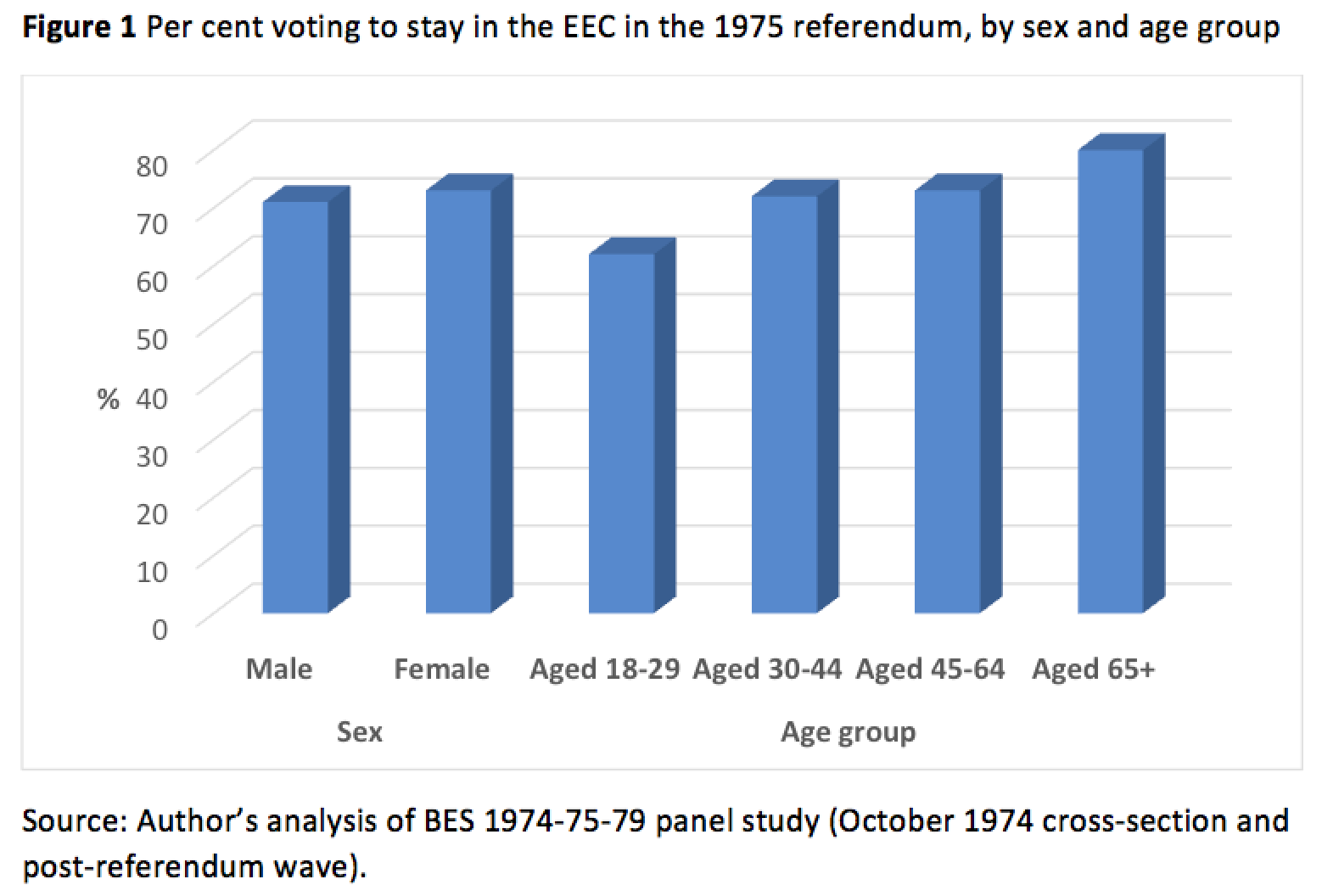

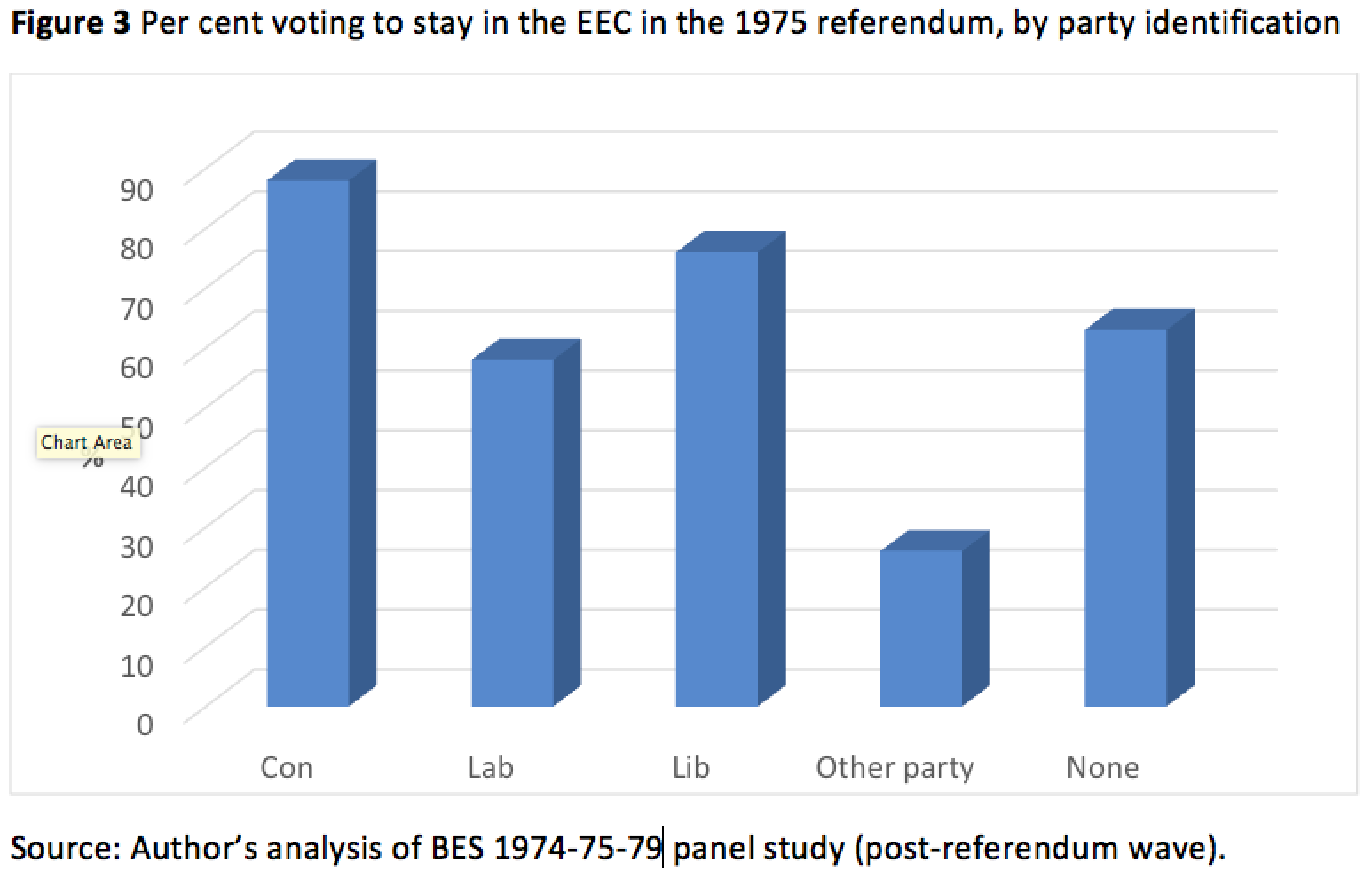







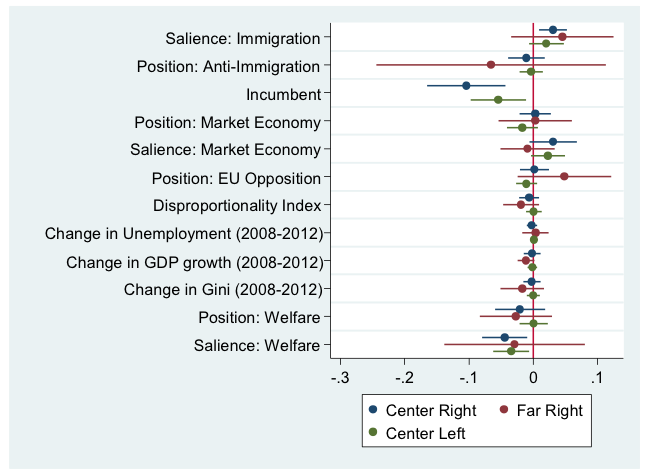



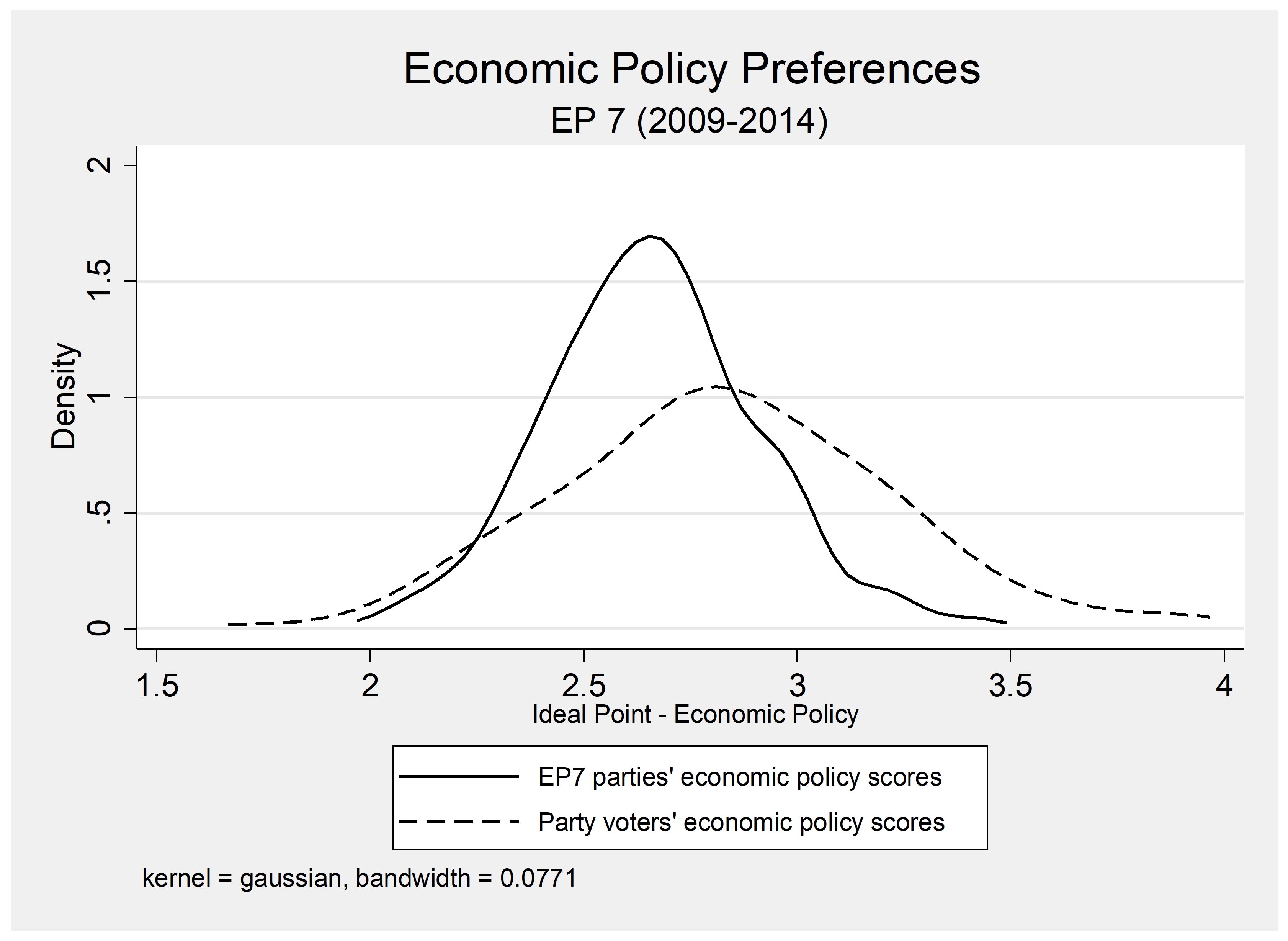
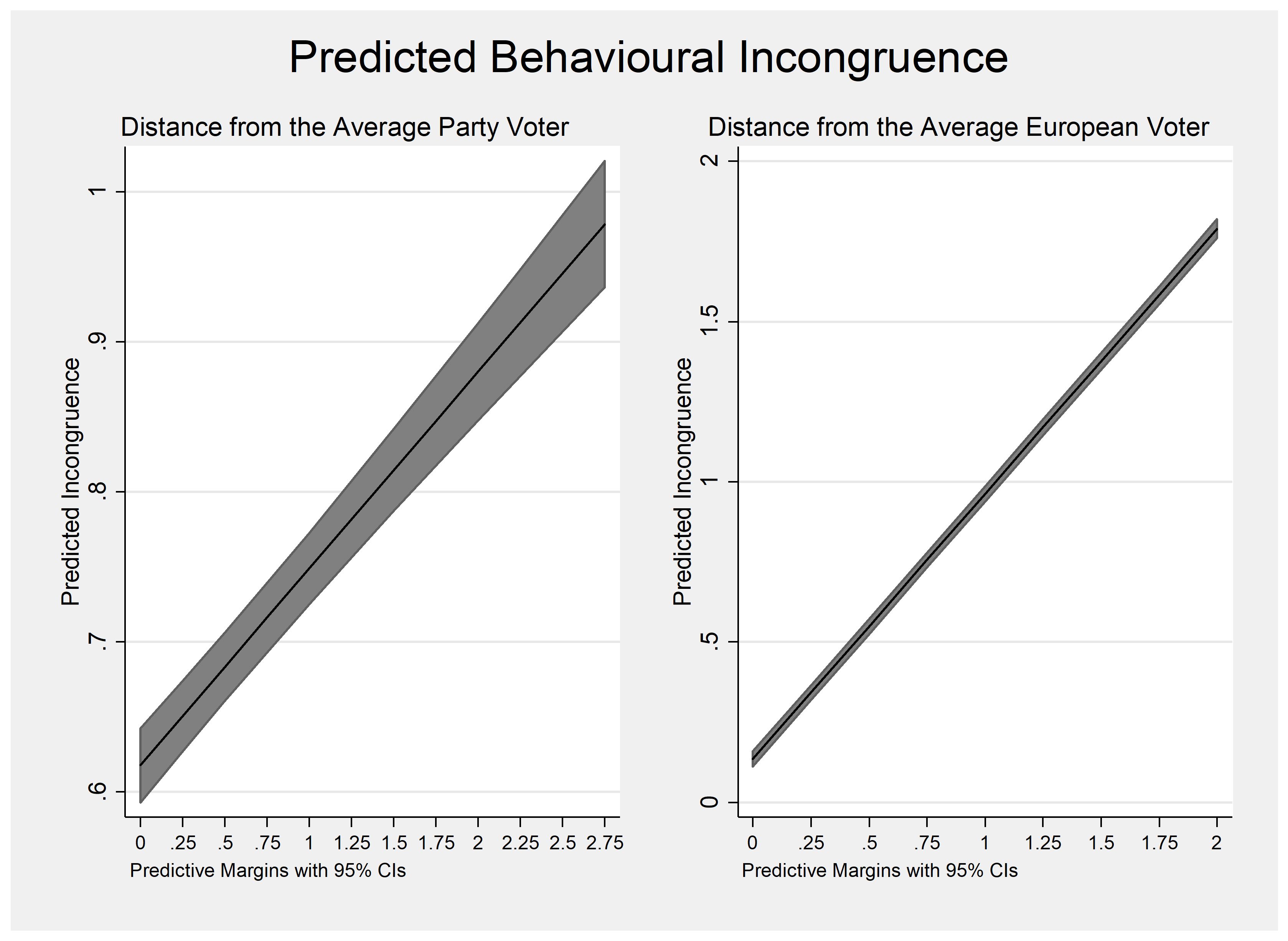
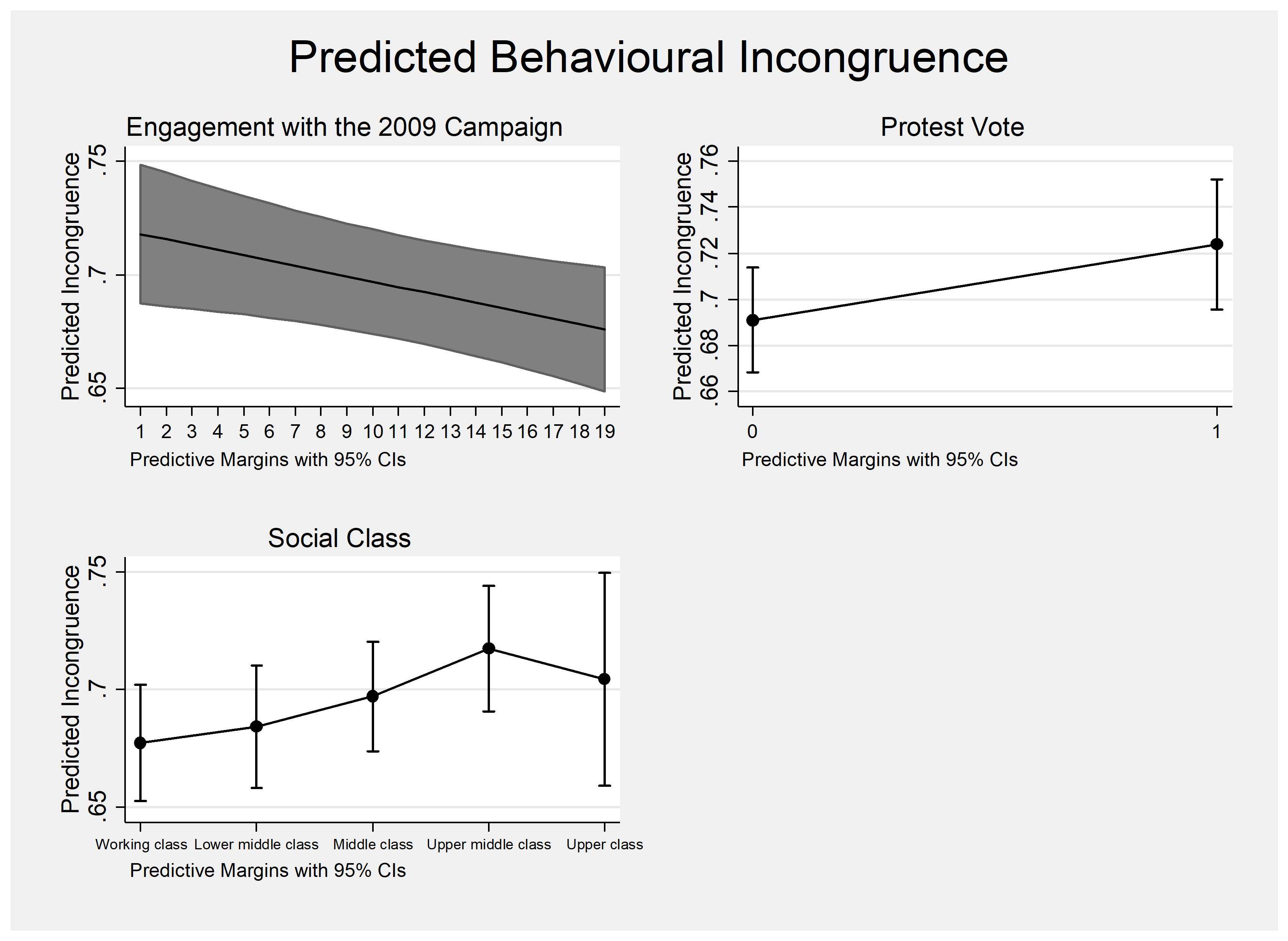
 Miriam Sorace is an LSE Fellow at the European Institute.
Miriam Sorace is an LSE Fellow at the European Institute.


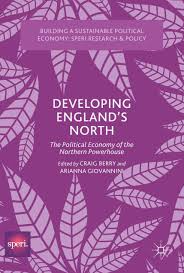




 Domenico Carolei is a PhD Candidate at the School of Law, University of Aberdeen and lawyer (Italian Bar Association).
Domenico Carolei is a PhD Candidate at the School of Law, University of Aberdeen and lawyer (Italian Bar Association).